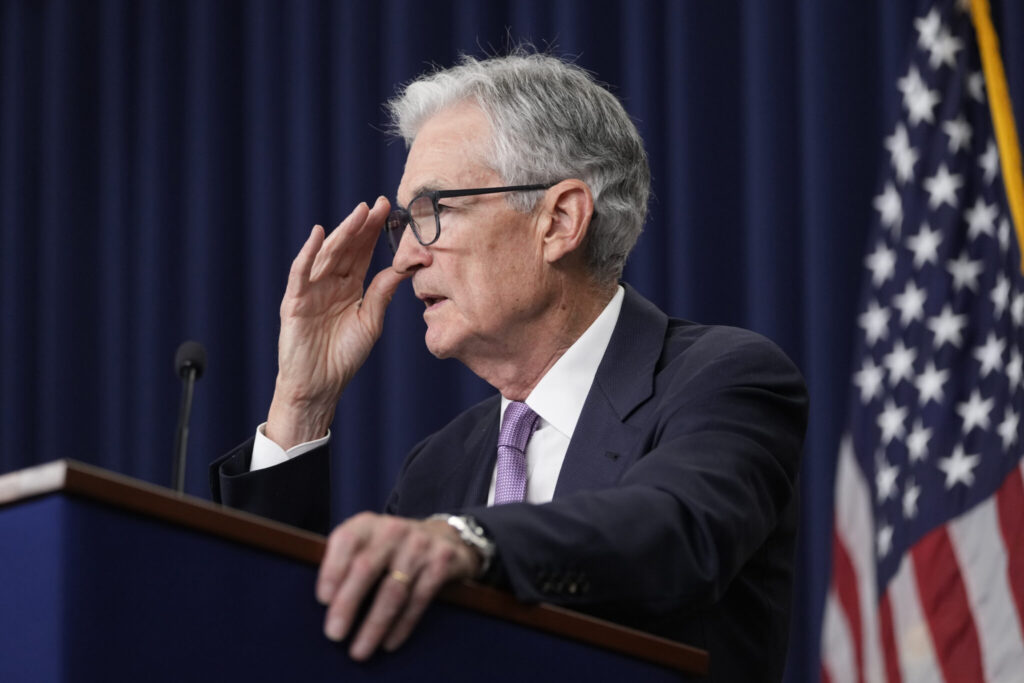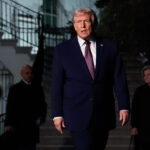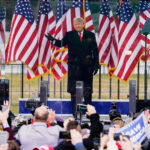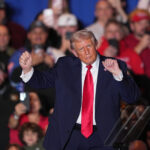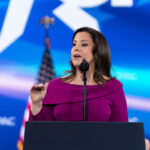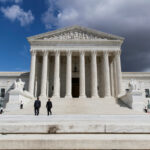U.S. Central Bank/ Fed rate reduction/ Federal Reserve interest rate/ monetary policy shift/ Newslooks/ WASHINGTON/ J. Mansour/ Morning Edition/ The Federal Reserve is likely to cut interest rates again to counter cooling inflation. However, the recent election of Donald Trump has added uncertainty, especially as his proposals may spur inflation and bring political pressure on the Fed’s independent decision-making. Conflicting economic indicators, such as robust consumer spending but weaker hiring, complicate the Fed’s path forward.
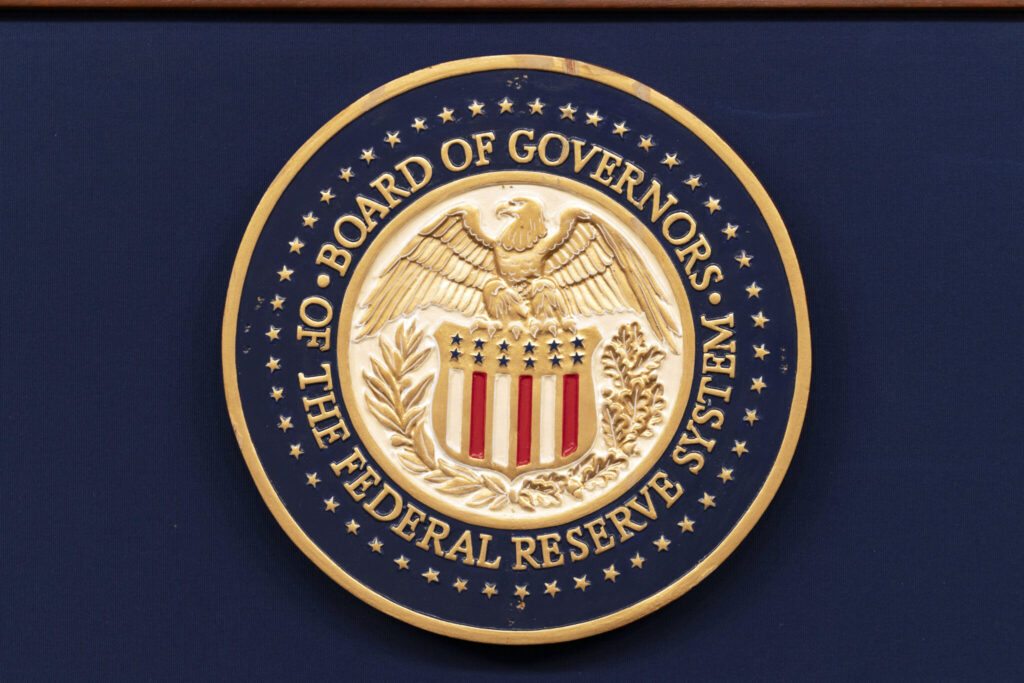
“Federal Reserve Interest Rate Decision Quick Looks”
- Second Rate Cut Expected: The Federal Reserve is set to cut rates again, a move aimed at tempering inflation and providing economic support.
- Political Pressure Anticipated: President-elect Trump’s economic policies, seen as inflationary, may challenge the Fed’s stance and independence.
- Mixed Economic Signals: The U.S. economy shows strong consumer spending yet faltering job growth, creating mixed indicators for the Fed.
- Market Reactions: Rising Treasury yields and “Trump trade” expectations have lifted borrowing costs, complicating the Fed’s rate-cut intentions.
- Outlook Uncertain: Future rate cuts in 2025 are now less certain as inflation may rise due to Trump’s proposed tariffs and fiscal plans.
Federal Reserve Poised for Second Rate Cut Amid Election Turmoil
Deep Look
Federal Reserve officials are preparing to reduce the primary interest rate for the second consecutive time, responding to a gradual easing in inflationary pressures that have weighed on American households. The decision, expected Thursday, follows Donald Trump’s recent victory in the presidential election, a factor now influencing the central bank’s next steps as his fiscal policies are widely anticipated to heighten inflation risks. Trump’s prior criticisms of the Federal Reserve and assertions that he should influence rate policy as president add further complexity to the central bank’s policy path.
Historically, the Fed operates independently, crafting monetary policy free from political influence, but Trump’s previous tenure saw him publicly criticize Fed Chair Jerome Powell for raising rates to contain inflation. This backdrop raises the prospect of renewed tension between the White House and the central bank. The economic outlook remains unclear, with the economy giving off mixed signals; solid economic growth persists, yet hiring has slowed, contrasting with steady consumer spending. These signs indicate that cutting borrowing costs may not be essential for sustaining economic momentum, and further rate cuts could even risk reigniting inflation.
The bond markets are also influencing the situation. Investor-driven increases in Treasury yields have raised overall borrowing costs, diminishing the effectiveness of the Fed’s recent half-point rate cut from September. While the Fed’s benchmark rate reduction initially eased mortgage costs over the summer, subsequent investor moves have pushed them back up. The rise in yields, a reaction to expectations of higher inflation and more significant budget deficits under Trump’s leadership, has been mirrored in the stock market’s “Trump trade” rally, as well as surges in the dollar and cryptocurrency values.
Additionally, Trump’s proposed tariffs—a minimum 10% on all imports, with even steeper rates for Chinese goods—are expected to push inflation back up, impacting the Fed’s plans. Economists at Goldman Sachs project that these tariffs, along with proposed tax changes for imports from Mexico and China, could elevate inflation to between 2.75% and 3% by mid-2026. Such an increase could disrupt the Fed’s September roadmap, which included two further rate cuts in 2024 and an additional four in 2025.
Investors are growing more skeptical that the Fed will proceed with its rate reduction schedule, and market predictions for a rate cut in January have dropped significantly—from a 70% expectation a month ago to 28% as of this week. This hesitation comes as higher borrowing costs in areas like mortgages and auto loans emerge, even as the Fed lowers its benchmark rate. Such trends present challenges for the Fed: lower benchmark rates may not stimulate the economy as anticipated if longer-term borrowing costs remain high.
Despite these uncertainties, the U.S. economy has performed solidly over the past six months, with growth near 3% and consumer spending robust in the third quarter, driven mainly by higher-income groups. However, labor market cooling continues, leaving some workers struggling to find employment. Powell has indicated that the Fed’s rate reductions are partly aimed at supporting the job market, yet this approach could face limitations if inflationary pressures rise alongside economic growth. In that case, the Fed may need to reconsider its stance on rate cuts to prevent the economy from overheating.

